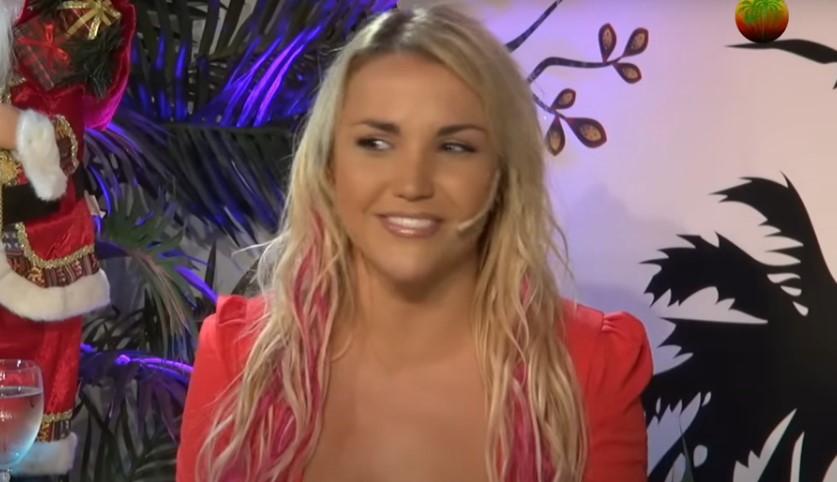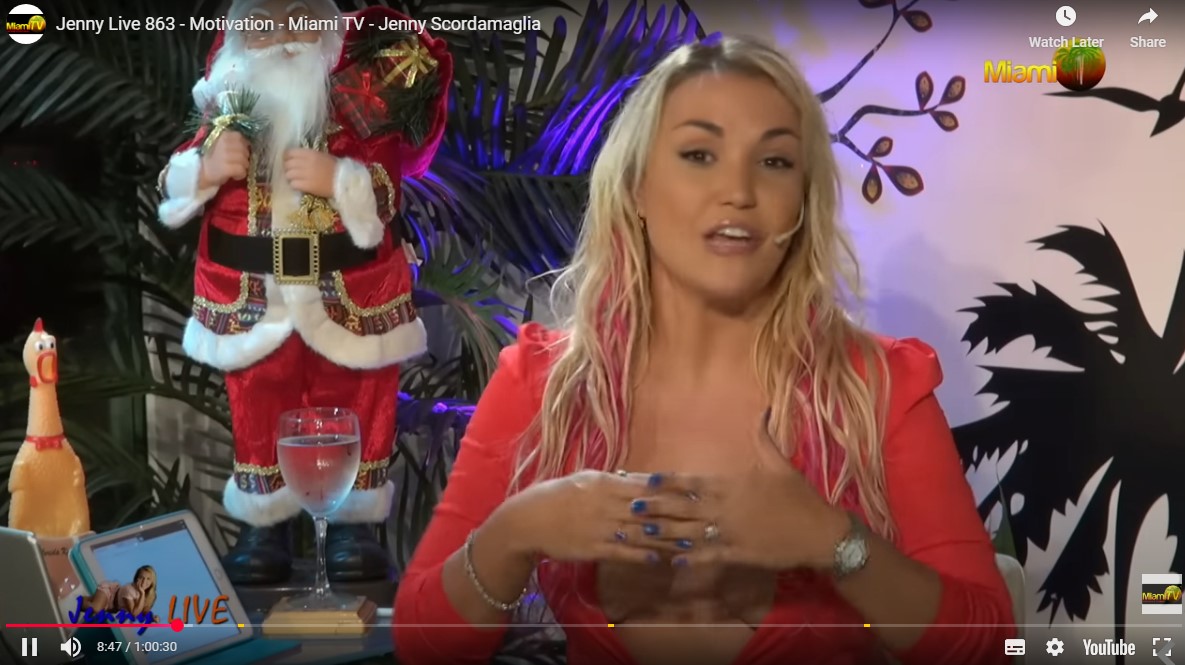
In the fast-paced world of live television, the unexpected is often what keeps viewers glued to their screens. But what if TV hosts began pushing boundaries like never before—leaving audiences gasping, not from scandal, but from sheer spectacle? A recent viral video titled “Moments You Wouldn’t Believe If Not Filmed” explores just that: the electrifying potential of television when spontaneity and performance collide.
Although no single moment can define the evolution of live TV, the cultural buzz surrounding “shock factor” entertainment has led many to ask: what happens when reality TV, news broadcasting, and high-octane performance blend into one?
Let’s dive into this thought experiment and explore what could happen if TV hosts consistently embraced bold, unforgettable moments—and why audiences can’t seem to get enough of them.
A New Era of Live Broadcasting: When Reality and Theatrics Meet

Live television has always thrived on unpredictability. From iconic award show slip-ups to spontaneous celebrity interviews, unscripted moments often go viral—earning millions of views and sparking endless online conversation.
Now imagine a future where this spontaneity becomes intentional. Where shows are built around the idea of shocking, entertaining, and emotionally stirring viewers in real-time. This doesn’t mean violating broadcasting standards—it means reimagining storytelling through adrenaline, creativity, and edge-of-your-seat suspense.
In this scenario, TV hosts wouldn’t just read teleprompters or interview guests—they’d be ringmasters of an ongoing media spectacle, combining performance art, storytelling, and interactive viewer engagement.
The Rise of “Gasp-Worthy” Television Content

Source: Youtube
The phrase “leaves nothing to the imagination” has become common in online culture, but what if we redefined it through creativity rather than controversy?
In this hypothetical landscape, audiences tune in not for scandal, but for jaw-dropping moments: high-stakes games, daring live challenges, and spontaneous human drama that feels authentic yet elevated. Think reality meets theater. News meets performance. All carefully curated to remain within broadcasting guidelines, but still capable of sparking mass engagement.
Such shows could explore real-world stories through immersive, visual storytelling. Imagine a travel host who doesn’t just visit remote locations but skydives into them. Or a talk show segment where interviews are conducted mid-flight, underwater, or during an adrenaline-filled activity.
The goal? Make viewers feel like they’re not just watching—they’re experiencing.
What Drives Audience Fascination with the Unbelievable?
The success of viral videos like “Moments You Wouldn’t Believe If Not Filmed” proves one thing: people are hungry for content that triggers strong emotional reactions—surprise, awe, laughter, even fear. This type of content bridges generations, cultures, and languages through one universal idea: the thrill of the unexpected.
In our hypothetical world of bold television, these emotional hooks would be central to programming strategy. Rather than relying on controversy or exaggeration, networks would invest in creativity, technology, and storytelling to generate those “you had to see it to believe it” moments.
But is this future of TV sustainable—or even responsible?
Ethical Storytelling in a Viral World

As entertainment becomes more interactive and immersive, the line between storytelling and spectacle becomes thinner. That’s where ethical responsibility steps in.
In our imagined future, broadcast standards remain intact. Producers and hosts walk a fine line—designing segments that are thrilling but not misleading, exciting but still respectful. The challenge is to wow without exploiting, to inspire without deceiving.
This model is not unlike what we’ve seen with modern content creators on YouTube, TikTok, or Instagram. The most successful creators strike a balance between personality, authenticity, and excitement—earning trust while keeping audiences entertained.
TV hosts could do the same, becoming ambassadors of a new kind of media: one that respects the viewer’s intelligence while still delivering content that feels fresh and unforgettable.
Behind the Scenes: What It Takes to Create Gasp-Worthy Television

Let’s imagine the production side of this vision.
Live shows would require agile teams ready to respond to technical challenges, weather conditions, or unplanned developments. Hosts would be trained not just in public speaking or journalism—but in improvisation, risk management, and audience engagement. Studios would evolve into multi-functional spaces, combining traditional sets with virtual or augmented reality.
Safety protocols, contingency plans, and real-time moderation would be critical. And yet, the spontaneity would remain—carefully crafted chaos that feels thrilling, not reckless.
This could open the door for a new generation of entertainers: hybrid talents who are part journalist, part adventurer, part performer.
The Business of Surprise: Why Brands and Sponsors Would Love It
From a business perspective, the potential for engagement is enormous.
Advertisers are already looking for new ways to integrate with content that sparks conversation. A high-energy, emotion-driven show format gives brands an opportunity to sponsor segments that feel organic, authentic, and viral-ready.
Imagine a car company sponsoring a live segment where the host races across remote terrain to deliver an urgent message—or a tech brand integrating live augmented reality into a news feature. The possibilities for creative brand partnerships are virtually limitless.
Final Thoughts: What This Means for the Future of Entertainment
While the original viral headline, “TV Host Leaves Nothing to Imagination,” was more clickbait than news, it does highlight a growing appetite for content that surprises, delights, and makes us feel something real.
In a world where audiences can skip, scroll, or block in an instant, only the boldest—and smartest—content survives. The future of live television may not lie in scandal or sensationalism, but in thoughtfully crafted unpredictability. The kind that sparks wonder, earns trust, and reminds us why we fell in love with live broadcasting in the first place.
So next time you see a headline that makes you gasp, ask yourself: what if this is just the beginning of something bigger?


